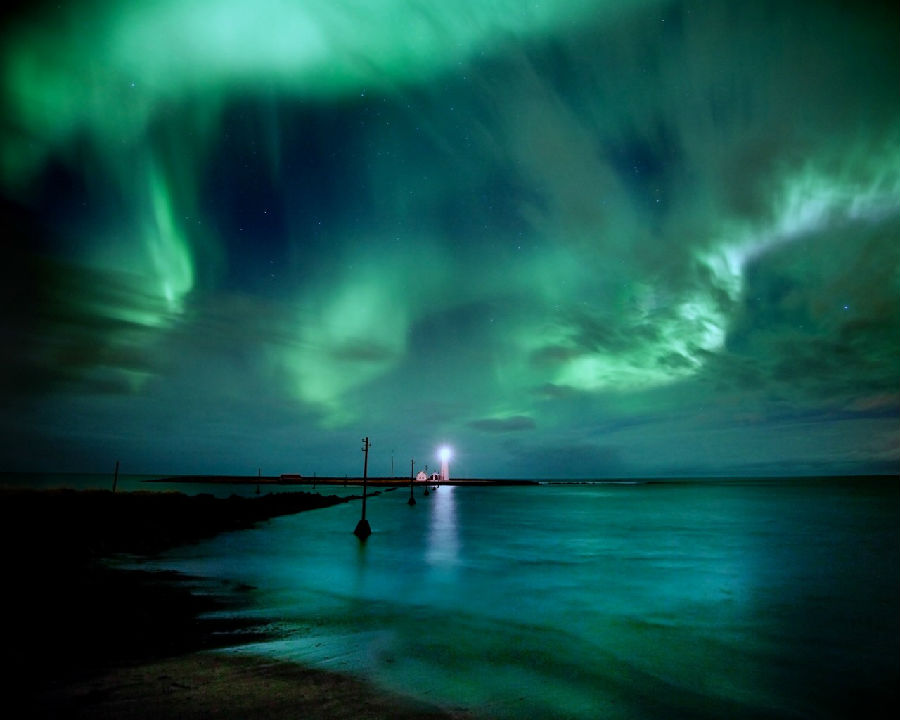At that time, the lower forty-eight United States had not seen a volcanic eruption for over sixty-five years. Therefore the government volcanologists called in to monitor and forecast St. Helens's behavior primarily had seen only Hawaiian volcanoes in action, and they, it turned out, were not the same thing at all.

St. Helens started its ominous rumblings on March 20. Within a week it was erupting magma, albeit in modest amounts, up to a hundred times a day, and being constantly shaken with earthquakes. People were evacuated to what was assumed to be a safe distance of eight miles. As the mountain's rumblings grew St. Helens became a tourist attraction for the world. Newspapers gave daily reports on the best places to get a view. Television crews repeatedly flew in helicopters to the summit, and people were even seen climbing over the mountain. On one day, more than seventy copters and light aircraft circled the summit. But as the days passed and the rumblings failed to develop into anything dramatic, people grew restless, and the view became general that the volcano wasn't going to blow after all.












